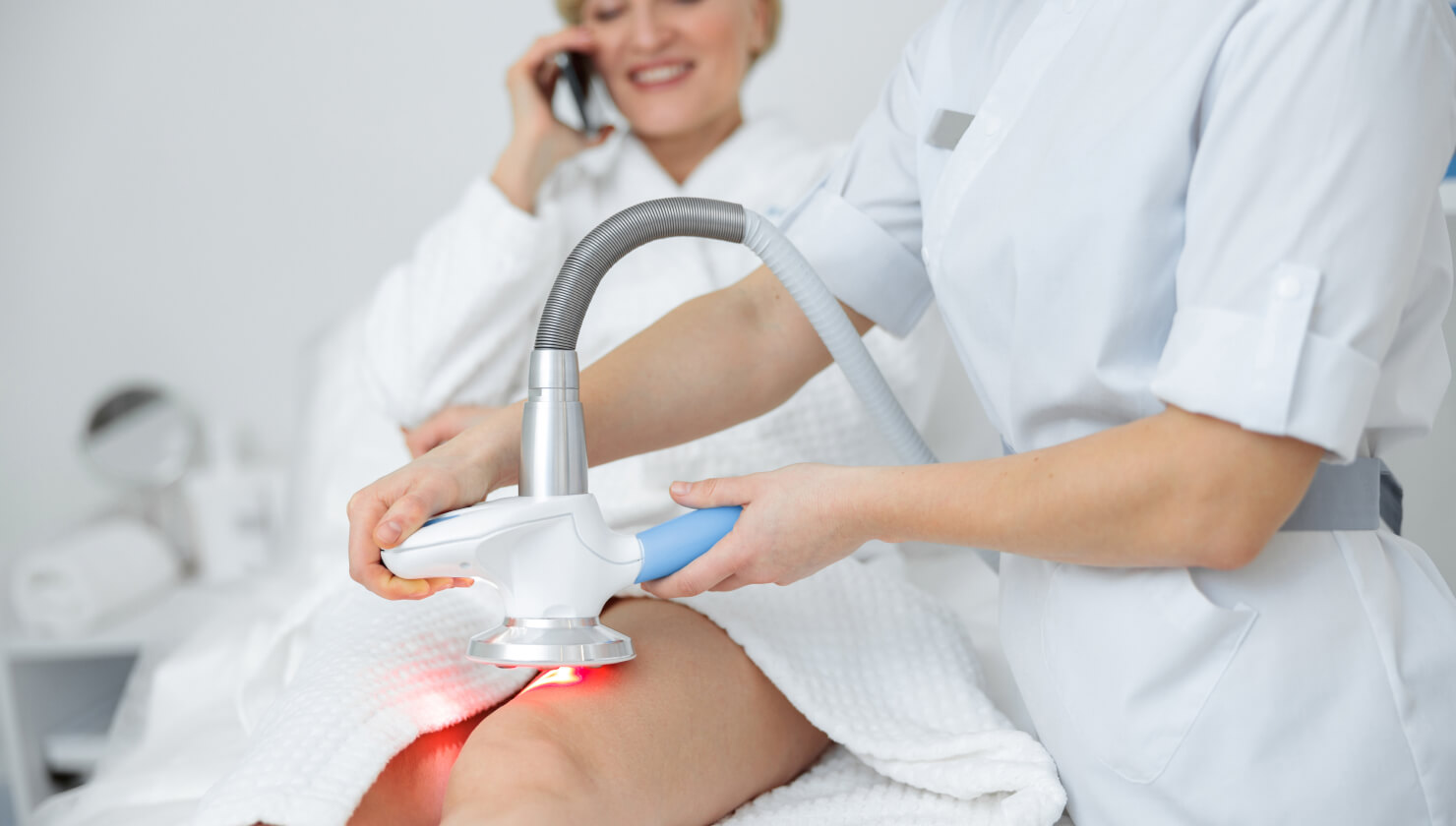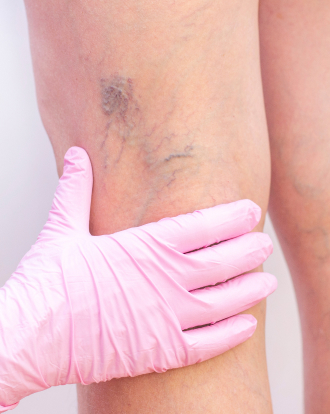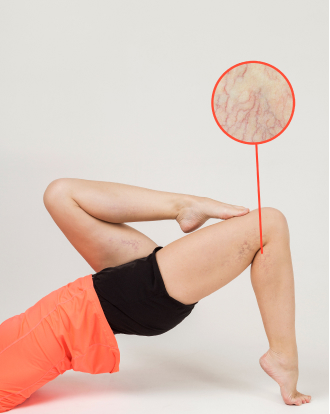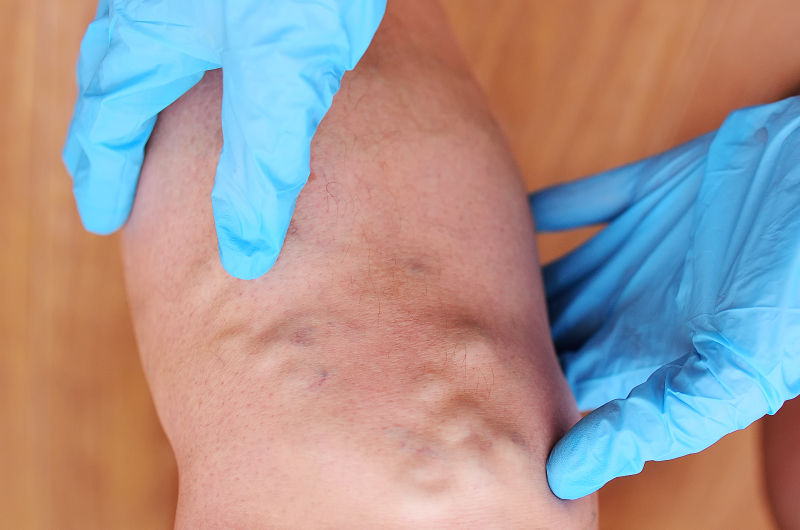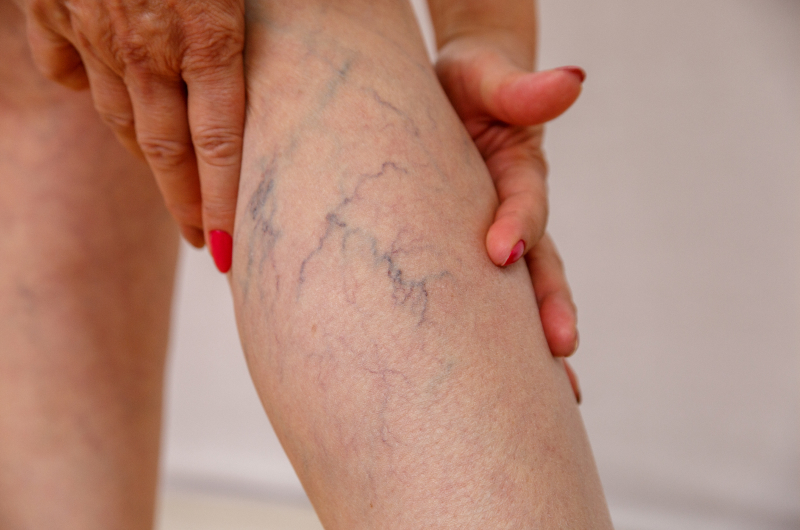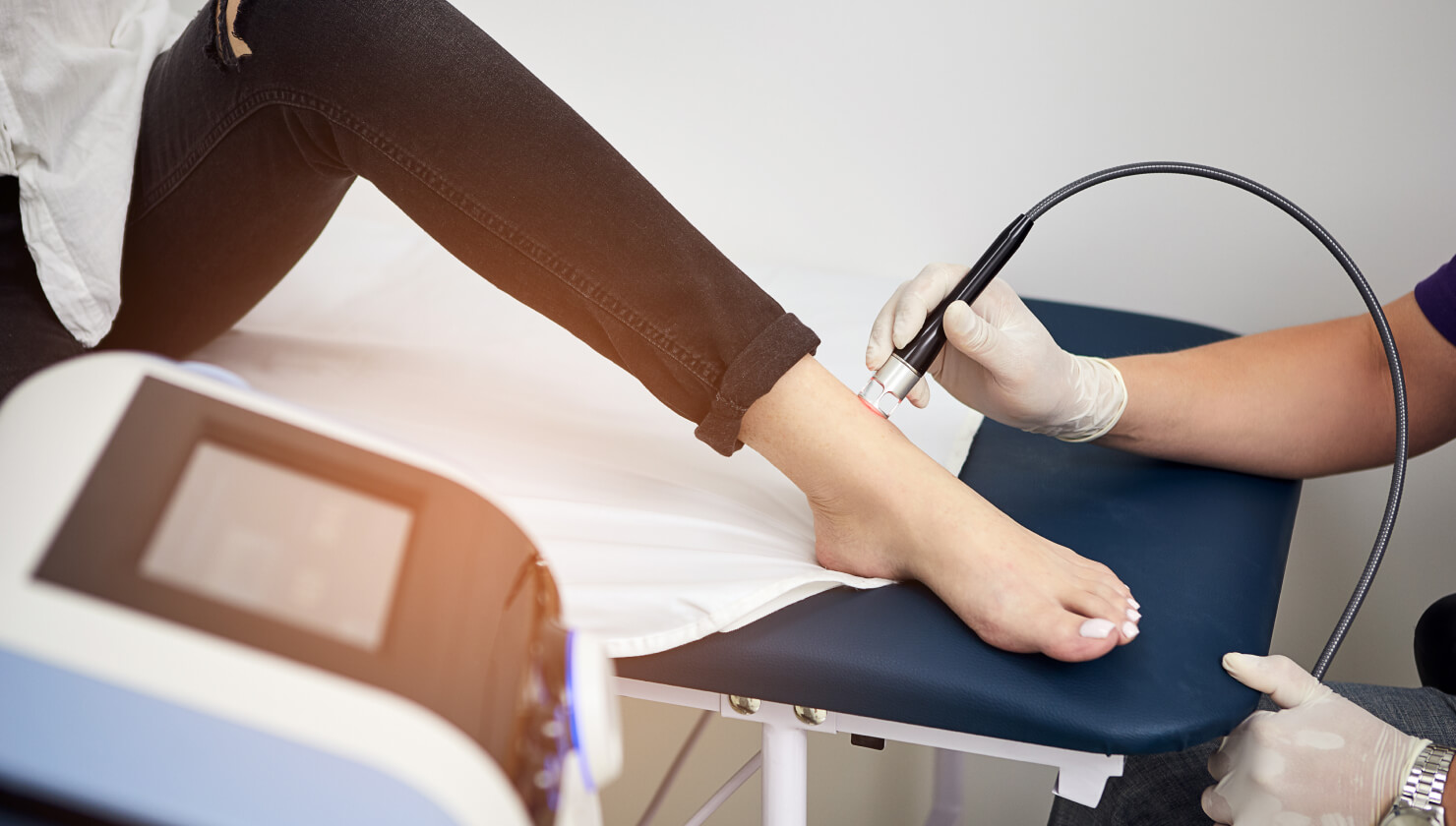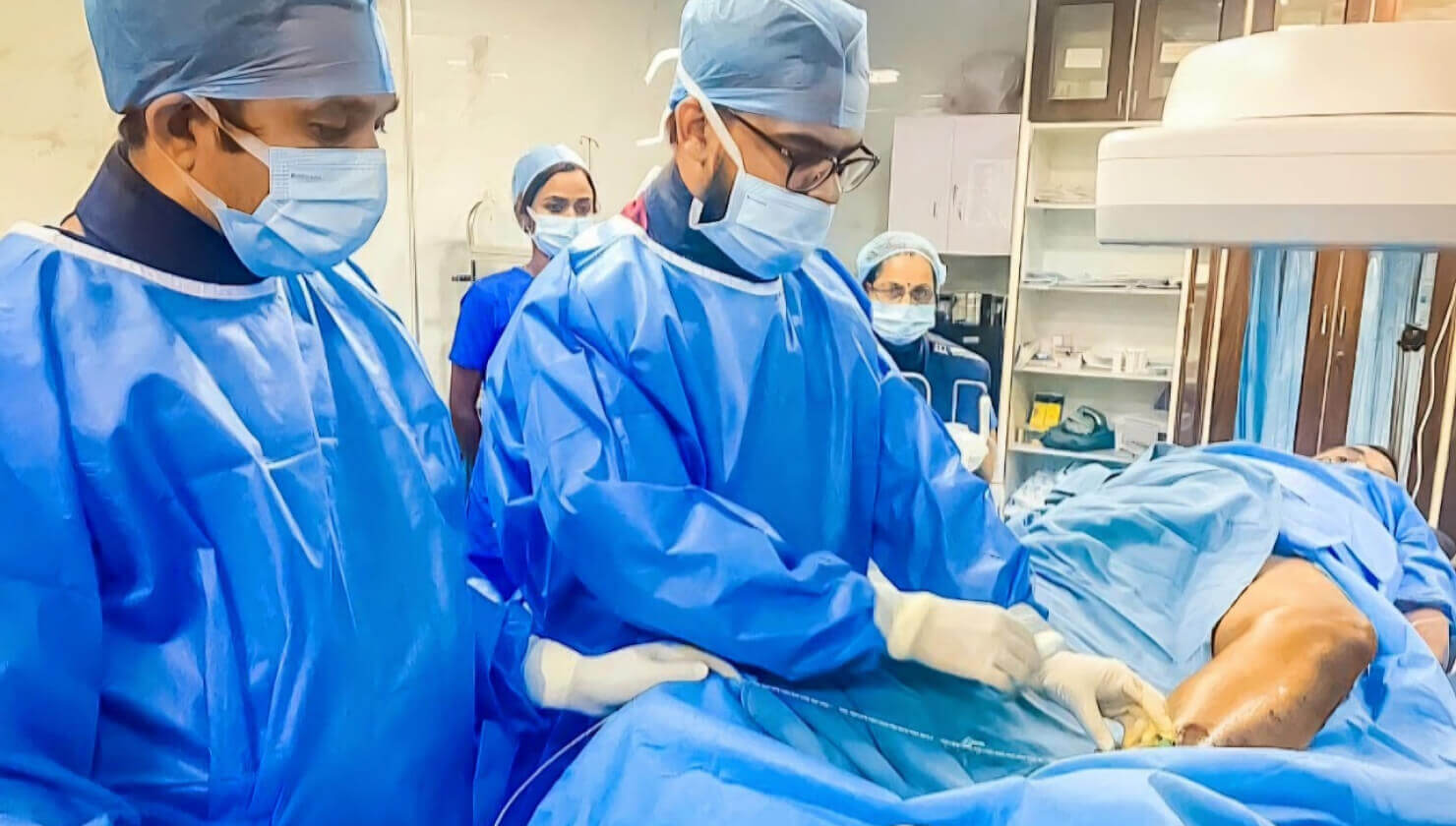Rest assured that you can reach the understanding staff at our exigency clinic anytime dental problems arise.
Varicose veins and venous ulcers are common vascular conditions often misunderstood due to myths and misinformation. These misconceptions can lead to delayed treatment or ineffective management. Below, we address 20 myths about these conditions, using insights from scientific literature, medical reviews, interviews, and newspaper reports.
With fast, immediate response and the right first aid treatment, you can prevent long-term damage and restore good oral health.
Myths About Varicose Veins
1. Myth: Only women get varicose veins.
Fact: While hormonal changes make women more prone, men are also at risk. Studies show up to 45% of men develop varicose veins due to genetic predisposition and lifestyle factors.
2. Myth: Crossing your legs causes varicose veins
Fact: Crossing legs does not cause varicose veins; they result from weakened vein valves. However, prolonged sitting or standing can worsen symptoms.
3. Myth: Varicose veins are purely cosmetic
Fact: Varicose veins can cause pain, swelling, heaviness in the legs, and complications like venous ulcers if untreated.
4. Myth: Exercise worsens varicose veins.
Fact: Exercise improves circulation and strengthens muscles that support veins, helping reduce symptoms.
5. Myth: Surgery is the only treatment for varicose veins.
Fact: Non-invasive treatments like sclerotherapy, laser therapy, and compression stockings are effective alternatives to surgery.
6. Myth: Varicose veins will always worsen over time.
Fact: With proper management (e.g., healthy lifestyle and medical care), progression can be slowed or halted.
7. Myth: Pregnancy permanently causes varicose veins.
Fact: Pregnancy increases the risk temporarily due to hormonal changes and increased blood volume, but many women see improvement post-delivery with proper care.
8. Myth: Wearing tight clothing causes varicose veins.
Fact: Tight clothing does not cause varicose veins but may restrict blood flow temporarily in certain areas.
9. Myth: Varicose veins cannot be prevented
Fact: Preventive measures like maintaining a healthy weight, regular exercise, and avoiding prolonged sitting or standing can reduce the risk.
10. Myth: Aging guarantees varicose veins.
Fact: While age increases risk due to wear on vein valves, not everyone develops varicose veins with age
11. Myth: Venous ulcers only occur in people with severe varicose veins.
Fact: Venous ulcers can develop independently of visible varicose veins due to chronic venous insufficiency.
12. Myth: Venous ulcers heal on their own without treatment.
Fact: Venous ulcers require medical intervention for proper healing; ignoring them can lead to infections or complications.
13. Myth: Venous ulcers are caused by poor hygiene.
Fact: Venous ulcers result from poor circulation and not hygiene issues.
14. Myth: Only people with diabetes get venous ulcers.
Fact: While diabetes increases the risk of foot ulcers, venous ulcers stem from chronic venous insufficiency unrelated to diabetes.
15. Myth: Compression stockings are ineffective for venous ulcers.
Fact: Compression therapy is one of the most effective treatments for managing venous ulcers by improving blood flow.
16. Myth: Venous ulcers are contagious
Fact: Venous ulcers are not contagious; they result from internal vascular issues.
17. Myth: Surgery is always required for venous ulcers
Fact: Conservative treatments like wound care and compression therapy often suffice; surgery is reserved for severe cases.
18. Myth: Venous ulcers indicate cancer or other severe diseases.
Fact: Venous ulcers are related to vascular insufficiency and do not typically indicate cancer.
19. Myth: Venous ulcers cannot recur once healed
Fact: Without proper preventive measures (e.g., compression therapy), venous ulcers may recur due to persistent venous insufficiency.
20. Myth: All leg wounds are venous ulcers if they don’t heal quickly
Fact: Not all non-healing leg wounds are venous ulcers; they could be arterial or diabetic ulcers requiring different treatments.
Conclusion
Dispelling myths about varicose veins and venous ulcers helps individuals make informed decisions about prevention and treatment options while reducing unnecessary fear or stigma surrounding these conditions. By understanding the facts, people can better manage their vascular health and seek timely medical intervention when necessary.

